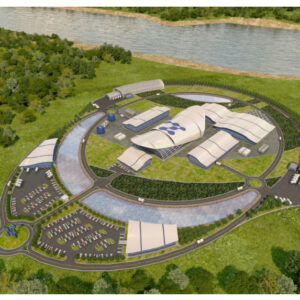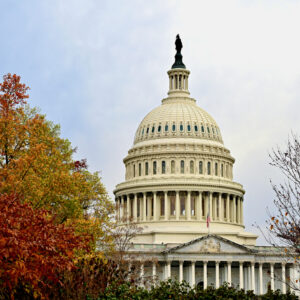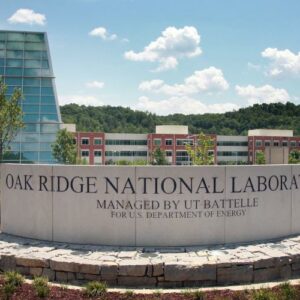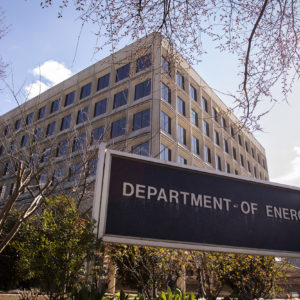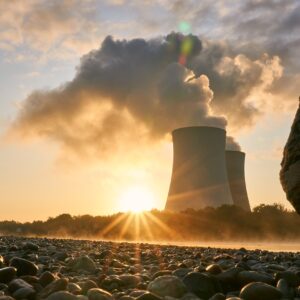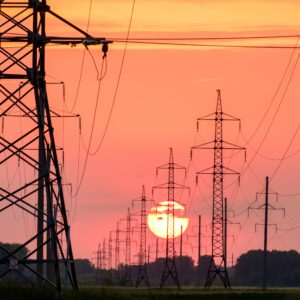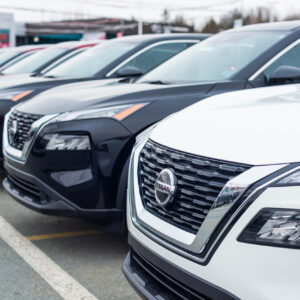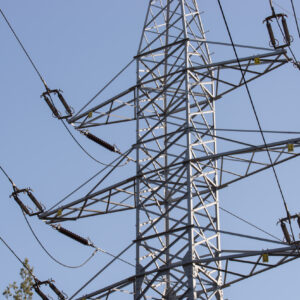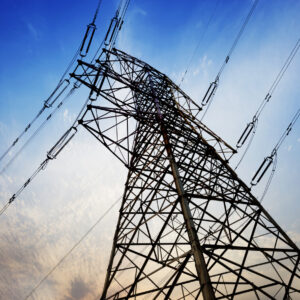Small modular reactors (SMRs) are disrupting conventional notions surrounding nuclear power. Smaller, more compact, and producing minimal emissions, this innovative alternative to traditional nuclear power is receiving more public and private sector attention as governments scramble to meet global energy needs reliably and responsibly.
Energy and Environment Priorities for 2025
In a new white paper, Philip Rossetti and I argue that a policy agenda built on freedom, innovation, security, and transparency will supply families and businesses with affordable, reliable energy. It will also result in a more prosperous, secure America and a cleaner planet.
Accelerating American AI and Energy Dominance on Military Bases and National Labs
But there is a way to move even more quickly. The place to unleash new technology is on land already controlled and secured by the U.S. government: American military bases and National Laboratories. With the stroke of a pen, the administration could open up the development of data centers co-located with new energy projects at these locations.
Ten of the World’s Leading Small Modular Reactor Companies
Small modular reactors (SMRs) are disrupting conventional notions surrounding nuclear power. Smaller, more compact, and producing minimal emissions, this innovative alternative to traditional nuclear power is receiving more public and private sector attention as governments scramble to meet global energy needs reliably and responsibly.
Energy Department considers more than 40 percent of its staff nonessential as layoffs loom
The Energy Department (DOE) considers more than 40 percent of its staffers to be nonessential — meaning these people could be on the chopping block — as mass layoffs loom at the agency and across the federal government. A document viewed by The Hill on Friday states that out of the agency’s current headcount of 15,994...
What Could a “Nuclear Revolution” Really Look Like?
Senator McCain called for the United States to build forty-five new nuclear reactors by 2030. The plan was ambitious, but as one of his top economic advisors commented at the time, “not so large as to be infeasible given permitting and construction times.”
With less than five years to go, only two reactors have been built since the late senator’s campaign pledge.
Can An Aging Grid System Work Harder?
Red tape has slowed down grid improvements for years, leaving us with a T&D network that needs to be modernized and expanded. Until we see widespread grid improvements, we must ask a necessary question: Can we get aging infrastructure to work harder?
Nissan’s Alarm Innovation Could Save Human and Animal Lives
Collisions with wildlife are a massive problem for human welfare and the animals that roam our country’s wild spaces. And while solutions like wildlife crossings are undoubtedly effective at redirecting animals off roads, they come with very high price tags to build. Now, an automaker is trying a new tactic: developing an alarm that can startle animals off the road before a car drives through.
Powering AI Without Powering Up Your Bills: The Case for Co-Locating Energy and Data Centers
Artificial intelligence is changing the world at an incredible pace. From automating tasks to generating human-like conversations, AI is becoming an essential tool in nearly every industry. However, many people don’t realize that AI consumes a massive amount of electricity.
Speeding Electric Transmission Deployment by Co-locating Along Highways
The nation’s electric grid has not kept pace with economic and societal advancement. As energy demand surges, expanding our transmission capacity has become an urgent priority.
